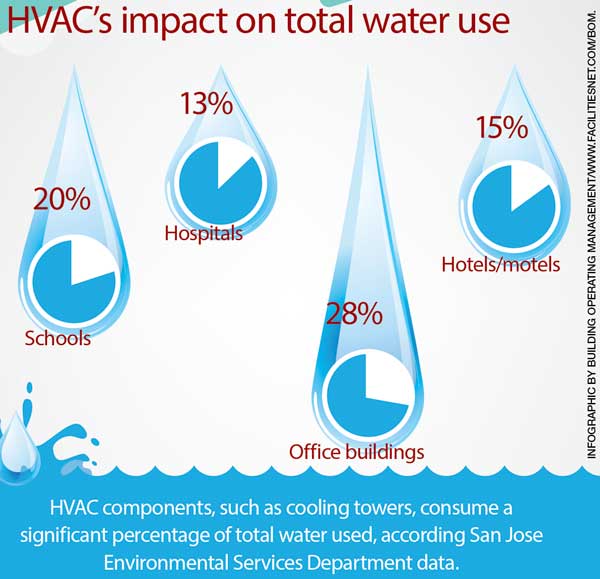The Ultimate Guide To Comprehending Warm Pumps - Just How Do They Work?
The Ultimate Guide To Comprehending Warm Pumps - Just How Do They Work?
Blog Article
Write-Up Author-Steenberg Montoya
The most effective heatpump can save you significant amounts of money on energy costs. They can also help in reducing greenhouse gas discharges, particularly if you utilize electricity instead of nonrenewable fuel sources like propane and home heating oil or electric-resistance heaters.
Heat pumps work quite the like air conditioning system do. This makes them a viable option to standard electric home heater.
Exactly how They Work
Heat pumps cool homes in the summer and, with a little assistance from electrical power or natural gas, they supply several of your home's home heating in the winter months. They're a great option for people that wish to lower their use of fossil fuels however aren't prepared to change their existing heater and a/c system.
They depend on the physical truth that also in air that appears as well cool, there's still power existing: cozy air is always moving, and it intends to move into cooler, lower-pressure atmospheres like your home.
A lot of ENERGY celebrity accredited heatpump operate at close to their heating or cooling ability throughout most of the year, minimizing on/off cycling and conserving energy. For the very best efficiency, concentrate on systems with a high SEER and HSPF ranking.
The Compressor
The heart of the heat pump is the compressor, which is also known as an air compressor. This mechanical moving gadget uses potential energy from power creation to enhance the pressure of a gas by decreasing its quantity. It is various from a pump in that it only works on gases and can not collaborate with liquids, as pumps do.
Climatic air enters the compressor through an inlet shutoff. It travels around vane-mounted arms with self-adjusting size that separate the interior of the compressor, developing several tooth cavities of differing size. The blades's spin forces these cavities to move in and out of stage with each other, pressing the air.
The compressor pulls in the low-temperature, high-pressure refrigerant vapor from the evaporator and compresses it into the warm, pressurized state of a gas. This procedure is repeated as required to provide home heating or air conditioning as called for. The compressor additionally has a desuperheater coil that reuses the waste warm and adds superheat to the refrigerant, transforming it from its fluid to vapor state.
The Evaporator
The evaporator in heat pumps does the very same point as it performs in fridges and ac unit, altering liquid refrigerant right into an aeriform vapor that eliminates heat from the area. Heatpump systems would certainly not work without this important tool.
This part of the system is located inside your home or structure in an indoor air trainer, which can be either a ducted or ductless device. It contains an evaporator coil and the compressor that presses the low-pressure vapor from the evaporator to high pressure gas.
Heat pumps absorb ambient heat from the air, and after that use electricity to transfer that heat to a home or business in heating mode. That makes them a whole lot extra power effective than electric heaters or heating systems, and since they're utilizing tidy electricity from the grid (and not burning fuel), they likewise create far less exhausts. That's why heat pumps are such terrific environmental selections. (As well as a huge reason they're ending up being so prominent.).
The Thermostat.
Heat pumps are wonderful alternatives for homes in chilly climates, and you can utilize them in mix with standard duct-based systems or perhaps go ductless. They're a fantastic alternative to fossil fuel heater or traditional electrical heaters, and they're much more lasting than oil, gas or nuclear heating and cooling tools.
Your thermostat is one of the most vital element of your heatpump system, and it functions really differently than a traditional thermostat. click this link (all non-electronic ones) work by using substances that alter dimension with raising temperature level, like coiled bimetallic strips or the increasing wax in an auto radiator valve.
These strips contain two different kinds of steel, and they're bolted with each other to create a bridge that completes an electric circuit attached to your HVAC system. As the strip gets warmer, one side of the bridge expands faster than the various other, which causes it to flex and signal that the heating unit is required. When go to website is in home heating setting, the turning around shutoff turns around the flow of cooling agent, to ensure that the outside coil now operates as an evaporator and the indoor cylinder comes to be a condenser.